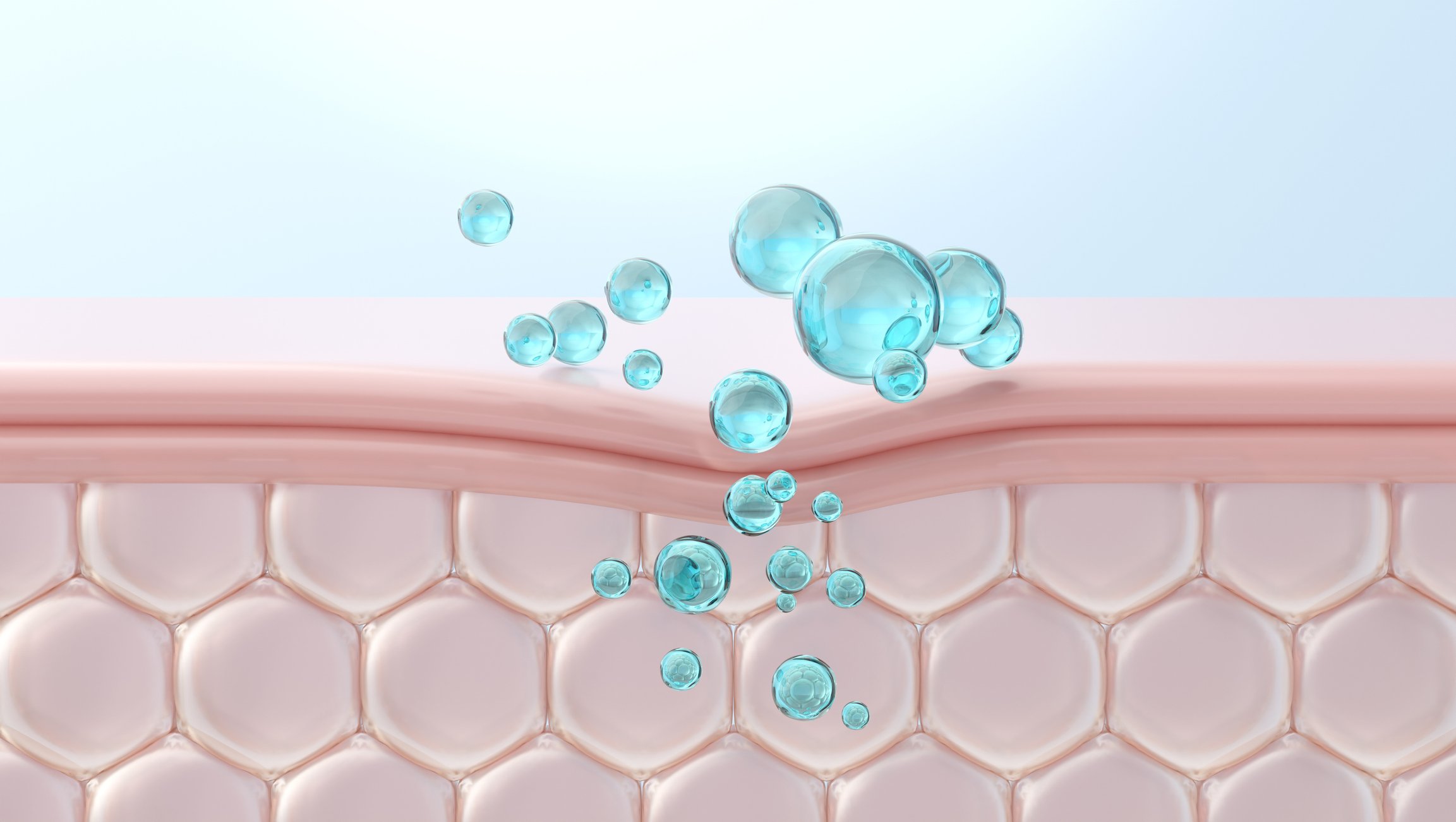At the 21st meeting of the Society For Neuro-Oncology, presentations included a phase III trial of Tumor Treating Fields (TTF) treatment in newly diagnosed glioblastoma. From ESMO ASIA come results from corresponding cellular studies in breast cancer. So what is the current status of this process?
TTF is a newer procedure, some already approved, some still controversial, that uses alternating electric fields (low intensity, intermediate frequency). This should disrupt mitosis and prevent proliferation of cancer cells, specifically meta-, ana- and telophase. The goal is to ultimately drive the tumor cells into apoptosis. The TTFs are delivered to the brain or brain region via a non-invasive portable device or system that can be operated by the patient. delivered to the tumor area.
Risk of progression reduced by 37
TTFs are currently being tested in newly diagnosed glioblastoma, among others. Of note is a phase III trial initiated in 2009 that evaluated TTF in combination with temozolomide following radiation with adjuvant temozolomide.
After an interim analysis of the first 315 patients was published in JAMA in 2015 [1], which already indicated a positive result, the final analysis of all 695 patients in the study was presented at the 21st meeting of the Society For Neuro-Oncology.
It was found that the comparator arm that received only temozolomide at a dose of 150-200 mg/m2/d for five days in 28-day cycles performed significantly worse. This was not only in the primary endpoint, progression-free survival (6.7 months versus 4 months, significant risk reduction of 37%), but also in the secondary endpoint, overall survival (21 versus 16 months, significant risk reduction of 35%).
- After two years, survival rates were 43% vs. 30%,
- after three at 24% vs. 16
- and after four at 17% vs. 10%. Whereby all differences turned out to be significant.
Patients had a median age of 56 years, 87% had undergone prior tumor resection, and the remaining 13% had undergone biopsy only. Those with TTF had received a median of six adjuvant (or maintenance) temozolomide cycles, while those without had received five. 37% of tumors showed MGMT methylation.
Also a potential strategy for breast cancer?
Overall, the data support the addition of TTF to temozolomide maintenance. The authors note that the survival benefit was comparable to when temozolomide was added to radiation (which thus became the established standard of care for years).
TTF therapy was also a topic at ESMO ASIA at the end of the year. However, this time not in glioblastoma, but in breast cancer, and not clinically, but cellularly. For this purpose, human breast cancer cells were exposed for 30 hours to either TTF alone or to TTF in combination with doxorubicin treatment.
After 72 hours, cell proliferation was checked – and lo and behold, TTF therapy was able to significantly slow down cell proliferation. This effect was further enhanced when TTFs were co-administered with doxorubicin at the frequency of 150 kHz, which was previously found to be optimal (versus TTF therapy alone).
In addition, cancer cells were more sensitive to chemotherapy when TTF were added.
The authors concluded that TTF could be used to enhance drug action and stop proliferation.
Source:21st Annual Scientific Meeting And Education Day Of The Society For Neuro-Oncology, November 17-20, 2016, Scottsdale; ESMO ASIA, December 16-19, Singapore.
Literature:
- Stupp R, et al: Maintenance Therapy With Tumor-Treating Fields Plus Temozolomide vs Temozolomide Alone for Glioblastoma: A Randomized Clinical Trial. JAMA 2015 Dec 15; 314(23): 2535-2543.
InFo ONCOLOGY & HEMATOLOGY 2017; 5(1): 2












